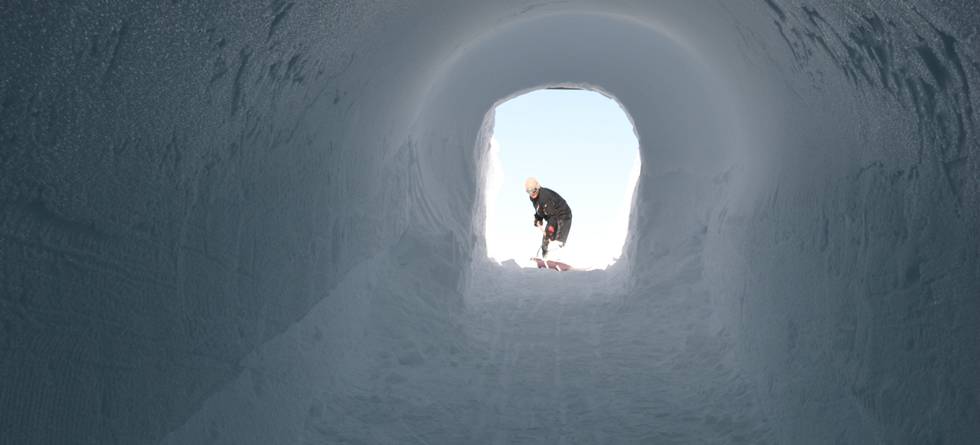The Bjerknes Centre is a centre of gravity for climate sciences in Europe, and this year has been no exception. Due to the successful training of our own candidates as well as international recruitment, we are now close to 230 affiliated members from 38 nations with a good balance in terms of age, gender, and discipline.
Most of us depend on ‘soft money’, requiring continuous efforts in generating project ideas, writing proposals, and acquiring grants. Luckily, we continue to succeed in both the national and international arenas. We see a shift in funding from basic climate system research to more applied solutions-oriented research, and several of our new projects are related to climate prediction, geo hazards, and mitigation measures.
Our scientific production measured in terms of peer-reviewed publications reached is at an all-time high. Among the more than 200 contributions registered, most are published in prestigious international journals, including 10 in Nature or Science. Several of these had young scientists as first authors, reflecting the focus on recruitment.
Observations, modelling, and theory
The backbone for much of the research at the centre is a combination of observations, modelling, and theory. We are doing fieldwork in the harshest conditions at sea in the North Atlantic, and in the most remote parts the world, including the high Arctic, Greenland, Antarctica, and the Himalaya. For the first time, we are participating in an ice-core drilling program in Greenland with Bjerknes scientists working on the ice-sheet.
The Norwegian Earth System Model is among the most used and cited climate models in the world, having contributed data to more than 700 peer-reviewed publications. We have some challenges in terms of computer resources and funding that we need to address, so that the model system can be a major provider of climate data in the next IPCC report that will be launched in 2021.
Due to the Gulf Stream, our region is one of few places on the Earth where it seems possible to develop climate forecasts for the years ahead. The Norwegian Climate Prediction Model has been developed exactly for these purposes, and the activity is rapidly growing in terms of funding and people.
Strong expertise in boundary-layer dynamics has been essential for a series of high-profile publications investigating the high-latitude response to increased anthropogenic forcing, and also of the response of storm tracks to the warming in the Arctic. Both are essential for regional climate evolution in northern Europe.
Combining theoretical skills with regional models, one can produce data with sufficiently high resolution to be useful for planning purposes. Several new projects aim at bridging the gap between what the models can provide and what society needs, forming the emerging field of Climate Services.
Education and outreach
The majority of the research training activities is organised under two national research schools we co-ordinate; one soon ending and one just started. A series of courses, training workshops, and summer schools have been arranged, including two courses during the the 9th Bergen Summer Research School in May; the 8th ACDC summer school in Newfoundland, Canada in August; and the 7th Nansen-Zhu summer school in Wuhan, China in October.
A major event of 2016 was the 4th Nordic Conference on Climate Change Adaptation that we organised in Bergen in August. With more than 230 people attending, the conference fulfilled its mission to be a meeting place between the public and private sectors. Partnership in the Norwegian Climate Service Centre and close collaboration with actors such as the Norwegian Climate Foundation and Climate Partners Hordaland, are other examples of our role in the transition towards a low emission and resilient future society.
Exciting year ahead
We have many things to look forward to. There will be replacements in our board, including a new leader, and there are plans for significant changes in the research group structure. In May many of us will move into the refurbished West Wing of the Geophysical Institute and in September we will know the outcome of the mid-term evaluation of the Centre. Several outreach events are planned in Bergen and elsewhere, and last, but not least, we will continue to focus on high-quality climate science for the benefit of society.

